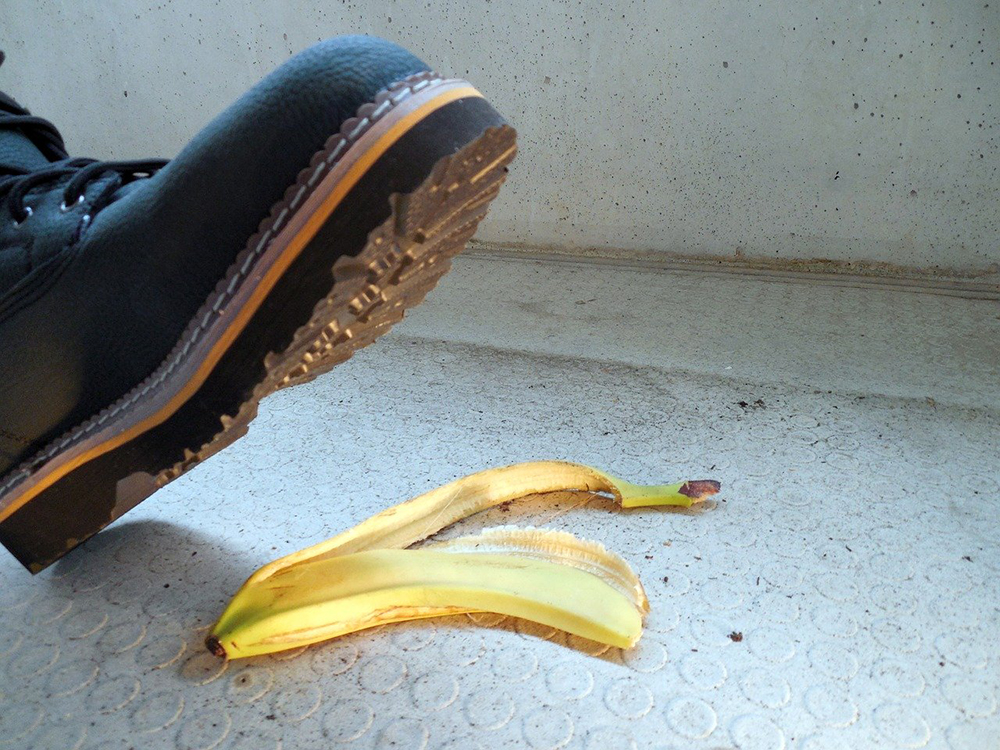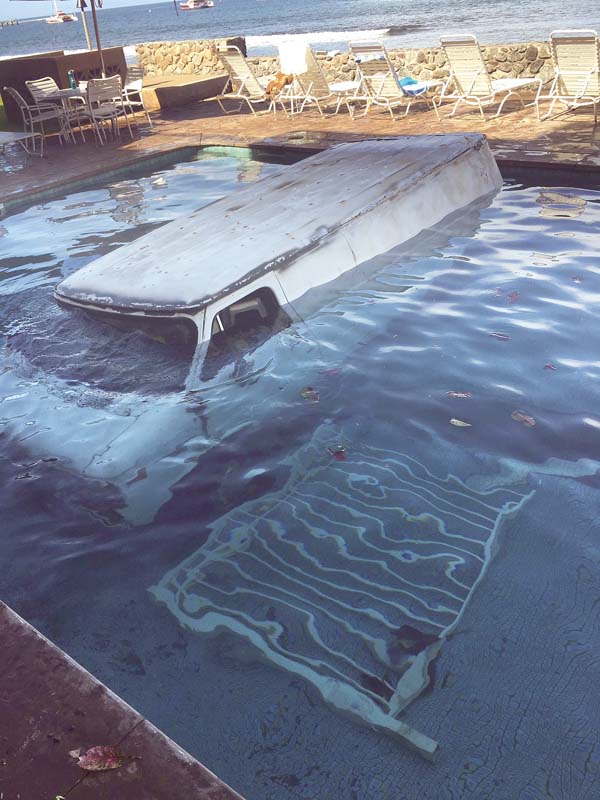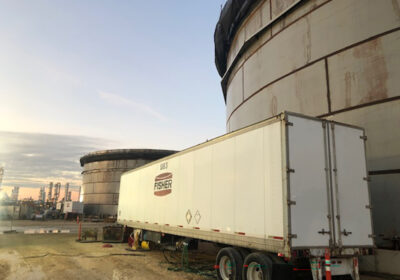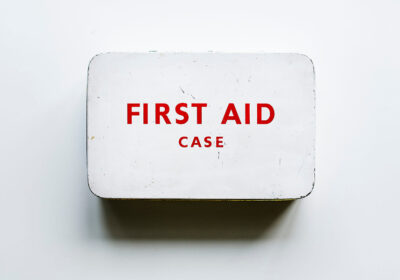ARE YOU A SAFETY SABOTEUR? 7 CAUSES OF ACCIDENTS

Can we ever devote too much attention to safety? Never. Safety must remain top of mind day in, day out. Today we’re sharing seven things that are at the root of many, many accidents. We challenge you to review this list, based on info from SafetyToolboxTalks.com, and identify which of these items needs improvement in your workplace and/or your home!
Taking Shortcuts
We live in a hurry-up world and the number one cause of accidents is taking shortcuts – rushing even the tiniest part of preparation, execution or clean up can result in an accident. This one covers such a multitude of sins. We’re all guilty of rushing through tasks – because our eyes and our thoughts are often on the next task, not the one immediately at hand. The only prevention for this modern day habit? Taking your time, and taking every task step by step. Safeteng.net offers some do’s and don’ts for efficiency without taking shortcuts.
Being Over-Confident
Here at Fisher we have tank experts who’ve been building tanks for decades, but they’ll be the first to tell you that experience and knowledge do not outrank preparation and caution. Thinking you know all you need to know in order to perform a task, and assuming “I’ve got this” is a sure-fire way to open the door for an accident. Confidence is great. Over-confidence, indifference, or a lack of respect for the potential dangers of a given task are precursors of disaster.
Starting A Task With Incomplete Instructions
If you’ve ever given instructions to a teenager, you know all about this one. Before you can execute a task safely, you must know and understand all the instructions. This is a two way street – if you’re the person providing instructions, you’ve got to be certain everyone has received that message. If you’re on the receiving end of the instructions, it is your job to make sure you’ve got all the info. When it comes to safety, the only dumb question is the one you fail to ask. Check out mindtools.com for some great tips on effectively communicating and receiving instructions.
Poor Housekeeping
Good housekeeping is key to the physical safety of a worksite and it is vital to the overall attitude of everyone on the site. From OSHA’s basic housekeeping requirements to the Canadian Center for Occupational Health and Safety’s housekeeping checklist, there are many resources available to guide your housekeeping initiatives. Never underestimate the impact of good housekeeping. A clean, well-ordered site tells everyone involved in the project that care is being taken with tools, equipment, materials and people. A site that’s not well-kept says all that doesn’t matter – and invites an accident.
Ignoring Safety Procedures
This one is unforgivable. Ignoring established safety procedures is tantamount to saying that your customer’s safety, your coworkers’ safety, and your own safety are simply not important. Recognizing the importance of safety procedures on the job and at home sends a powerful message about the value of those procedures, and is a vital form of leadership. When you buckle your seatbelt with a five year old in the backseat, you’re modeling safety. When you walk onto a job site prepared to follow safety procedures, and you work in compliance with all requirements, you send a message to your team and everyone on the site that those procedures are valid, valuable and worth your attention.

Mental Distractions
Who among us is not distracted from time to time? Getting focused and maintaining focus is key to working safely. This takes a great deal of effort; and sometimes requires that we stop work briefly to re-focus. According to Dr. David Rock, focus is entirely in your control: “Manage what you focus on. Pay attention to your attention, and stop yourself from getting on the wrong train of thought early, before it takes over. This is the opposite of being mindless: it’s being mindful.”
Failure To Plan The Work
A classic weekend warrior error – have you ever been up on the roof to clean out the gutters and realized your gloves are on the ground? Planning is the very foundation of safe work. From mowing the lawn to building a 5 million gallon tank, planning = safety. Performing a Job Hazard Analysis is an effective way to assess potential problems and plan for all angles of the task, and a thorough JHA really forces you to go step by step through the process. Risk experts at Harleysville Group, Inc. compiled these steps for a JHA:
- Define the job
- Break the job into a sequence of manageable steps or tasks
- Compare the observed process with the job description and applicable workprocedures, and note any discrepancies or deviations
- Identify hazards – both actual and potential
- Prioritize the risks and develop appropriate controls
Accidents can and do happen, but there’s a lot we can do to limit the frequency and severity of accidents on the job and at home. We’ve listed seven potential causes of accidents here; what’s your weakness, and how will you improve upon it?
Be safe out there!
Click here to read more of our blogs




